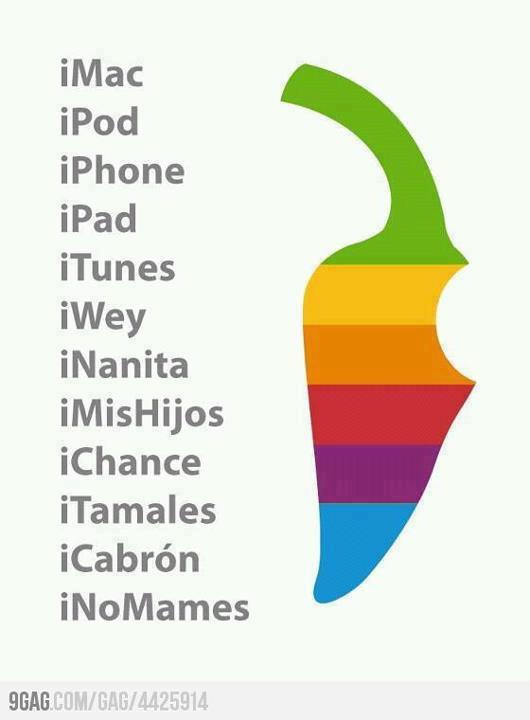Seattle.- A medida que Microsoft Corp se prepara para demostrar al mundo lo que su nuevo Windows 8 puede hacer para la próxima generación de tabletas de alta potencia, las revisiones iniciales del nuevo sistema operativo en el hardware existente resaltan los desafíos que enfrenta la compañía con el nuevo diseño radical de su producto insignia.
La mayor compañía de software del mundo dice que millones de personas ya están utilizando una versión preliminar que descargaron de Windows 8 en sus Pcs, laptos y dispositivos táctiles antes de su introducción oficial este otoño boreal.
En un evento mediático en Los Angeles el lunes, la compañía tiene previsto discutir sus planes de superar al iPad de Apple Inc esta temporada de compras de fin de año.
Hasta el momento, la mayor parte de los críticos han elogiado el aspecto de estilo amigable táctil “Metro” de Windows 8, que está basado en coloridos cuadrados, o mosaicos, que representan aplicaciones como correo electrónico y actualizaciones en tiempo real. Pero también han resaltado lo difícil que será para los usuarios alejarse de lo que ya conocen y confían.
Es como una cierta lucha para la gente que está deliberadamente orientada a una PC, que está acostumbrada al mouse”, dijo el ex estratega de Microsoft Al Hilwa.
Hilwa, ahora un analista en la empresa de investigación tecnológica IDC, ha estado probando durante dos semanas la última muestra de la versión. “Sin la pantalla táctil, luchaba con un mouse para hacer ciertas cosas”, dijo.
La nueva interfaz Metro solo ejecuta programas diseñados para ella, por lo que los usuarios deben volver a sus tradicionales computadoras de escritorio para realizar ciertas tareas, tales como escuchar música en iTunes de Apple.
“Lo que realmente me enfurece es que las aplicaciones Metro y las aplicaciones que se ejecutan en las computadoras de escritorio no están al tanto de la existencia de la otra”, dijo el analista de Forrester Research David Johnson. “No existe una forma fácil de navegar entre ellas, no estoy muy seguro a qué se debe”.
La última versión de la prueba del software aún no está concluida. Y aparte de unos pocos examinadores de la industria, nadie ha probado a Windows 8 en una tableta impulsada por los ultra eficientes chips de ARM Holdings, que es lo más cerca que Microsoft se aproximará para desafiar al iPad.
Microsoft debe ofrecer más detalles el lunes, y existen rumores de que podría introducir una tableta con su propia marca. La compañía se negó a hacer comentarios respecto a la reacción al nuevo sistema y sobre sus planes para el evento del lunes.
No obstante, Microsoft no ha logrado convencer aún a algunos de sus usuarios más leales.
“En este momento, no me han comprado”, dijo el analista Michael Cherry de Directions on Microsoft, una empresa de investigación independiente que se enfoca en el gigante tecnológico.
Cherry dijo que había insistido con Windows 8 durante algunos días, pero que tuvo problemas para configurar el correo electrónico en su máquina de prueba.
“No puedo confiar en ella como una herramienta de producción”, dijo. “Aún no me puedo cambiar. Para este momento, debería haber sido capaz de dejar atrás a Windows 7”.
Cherry, un ex gerente de programas de Microsoft, dice que le preocupa que la complejidad inicial del nuevo sistema le impida ser un éxito inmediato, como su predecesor, Windows 7.
“Si una persona que ha utilizado Windows a partir de Windows 1.0 no lo puede entender, entonces imagino que hay otras personas ahí afuera que no lo podrán entender”, dijo. “No veremos las largas filas en las tiendas Best Buy a medianoche. Me encantaría ver eso, pero simplemente no sucederá”.
Los principales críticos tecnológicos como Walt Mossberg de Wall Street Journal o David Pogue del New York Times no han expresado aún su opinión respecto al tercer y último “anticipo” de Windows 8, disponible libremente en internet el 31 de mayo.
El puñado de comentarios en los blogs centrados en tecnología en general elogiaron el nuevo aspecto de Windows 8, pero prácticamente cada uno ha resaltado lo difícil que será para los usuarios hacer el cambio.
“No podría dar a mi madre -que tiene 76 años- Windows 8 y esperar que sea productiva con el sistema”, dijo Johnson de Forrester. “Pero tampoco estoy seguro de que alguien de 30, o incluso 20 años, no se confundirá inicialmente con la interfaz de Metro”.
Los consumidores individuales y potenciales compradores del iPad, más que clientes corporativos, son el objetivo principal de Windows 8. Muchas grandes compañías se encuentran aún en el proceso de gastar millones de dólares para cambiarse a Windows 7.
apr

